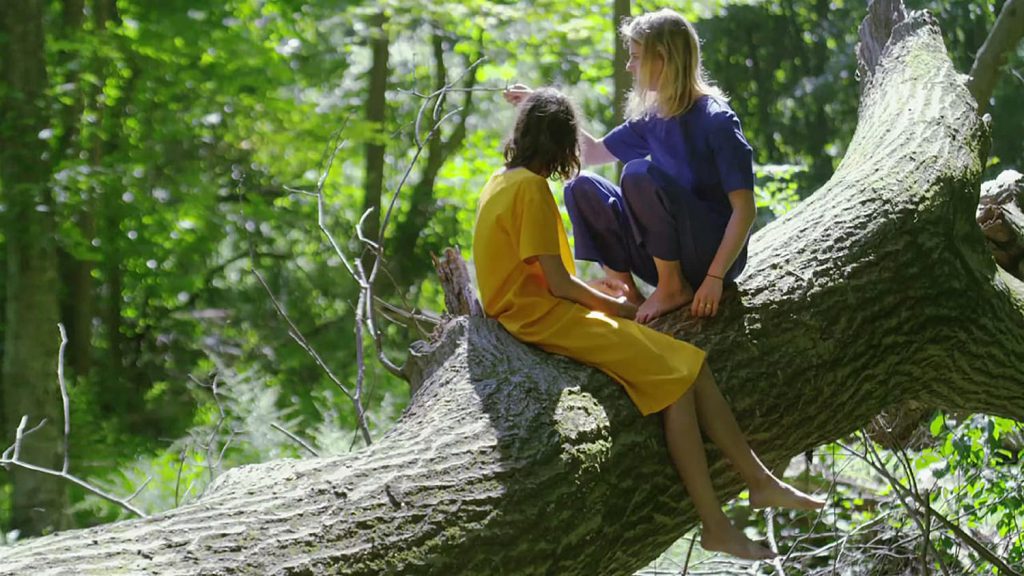Alexa Karolinski
"Thinking and Feeling"
Alexa Karolinski is a German artist and filmmaker. She is currently living between Los Angeles and Berlin, where she is in dialogue with many artists and designers.
Karolinski creates films and videos for both art and commercial projects, as well as somewhere in between: much of her work that might be considered commercial is also subversive, meriting a more conceptual and artistic appeal.
Her work is characteristically sensual and often empathetic—qualities that rely on her highly articulate ability to express feeling. In her films, awareness of one’s senses is heightened and time is an experience, a malleable thing. In the words of Chantal Akerman, “I am not interested in real time and also not in the dramatic and codified time of cinema that manipulated duration.
Let's say I take ‘my time’.” Alexa Karolinski certainly takes her time as well. I had the pleasure of catching up with her about some recent projects, her collaboration with Eckhaus Latta, and her experience working commercially as well as in the art world.
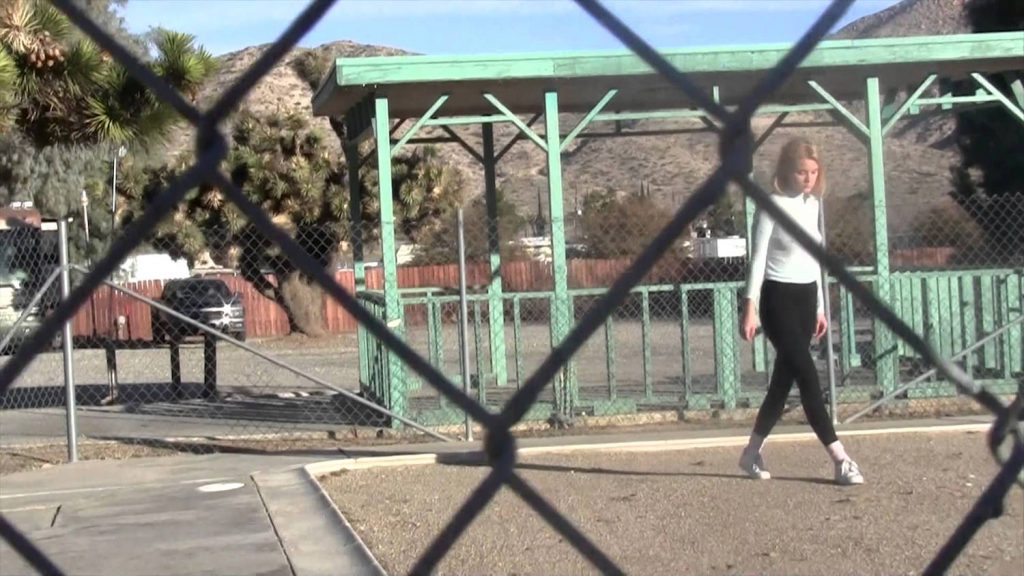
Francesca Capone: How has it been to work in LA as opposed to NY or Berlin? Do you get a sense for how your environment affects the work that you do?
Alexa Karolinski: It’s very different, both in that the city gives you different things, as well as that I am a bit older in LA than I was in in NY. Taking care of myself and being a bit healthier is more important than it used to be. That could be LA or just growing up. Life in NY seems far away right now. I’ve been in LA for three years. My life and work have changed.
FC: You mentioned you are currently working on a film for the Berlin Biennale curated by DIS. Can you tell me a bit more about this project?
AK: The video is a collaboration with the artist/writer Ingo Niermann and is about the “Army of Love,” a fictionalized army that gives love and intimacy to people who need it. It’s based on the premise that in our society young and attractive people have the highest chances to receive love and intimacy. An Army of Love is for the ones who need love and intimacy. That way, throughout our lives we would be givers and receivers in the Army of Love. That’s the idea behind it. The actual video is a fiction/doc hybrid in which we used real interviews with people about attractiveness and love and we composed images with them in a spa in Berlin. We asked people the same questions: for instance what they find attractive in others or what they think others find attractive in them; and also, what they could give the Army of Love or what the Army of love could give them. The responses varied, though what has become clear is that when it comes to love, we humans have very similar needs. It’s a collaboration that Ingo and I will surely continue, and The Army of Love project will continue too. It will take on other forms of artistic expression. We’ll see.
FC: What else have you got going on in your studio?
AK: Well, I’m about to head to Berlin to film my second feature documentary. It’s a personal essay film that is going to explore German identity through growing up in Berlin as a German Jew. I am getting ready to leave for the summer to make it. Since my last film, Oma & Bella, I’ve delved into short form video-making in fashion, music, and art. I always come back to the same questions of identity and am interested in certain parts of German culture, which is why I am finally making this film. It’s been a long time coming. Also, making the video for the Berlin Biennale was so much fun and I would like to explore video in an art context more. I’m thinking about the different ways people watch videos and films and how I can expand my work within that.
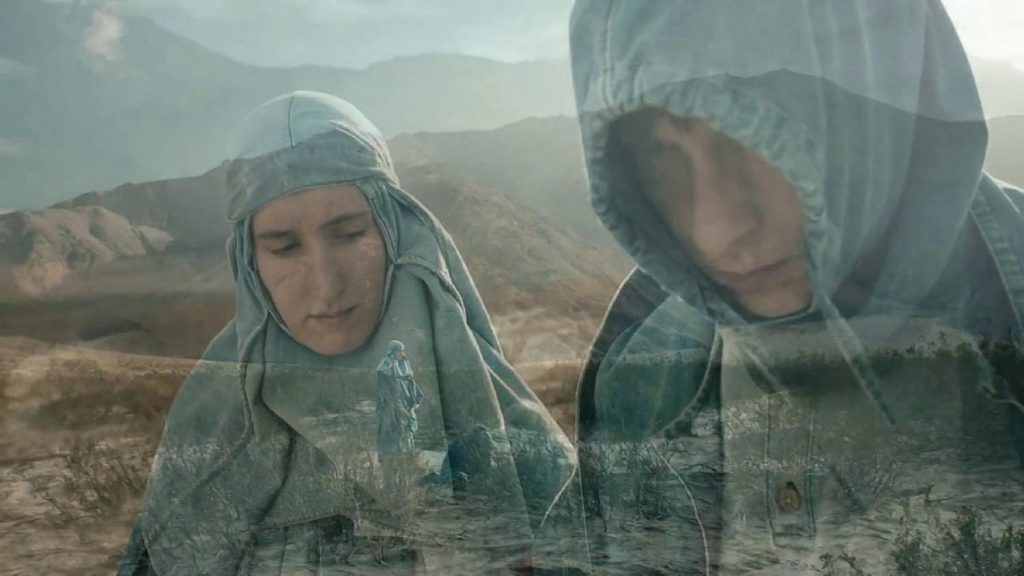
FC: Will you talk more about process in collaborating as a filmmaker outside of your unique relationship with Eckhaus Latta? Is it different with each experience?
AK: Yes. It is different depending on who I work with and what it is for. My collaboration with Eckhaus Latta is unique in that we’ve made many videos and are actively working on more. It’s a big dialogue in my life. Most of my other collaborations or jobs last for a certain amount of time. That said, no door is shut. The collaboration with Ingo Niermann is my second. We made a film together two years ago in which we interviewed a seven-year-old boy about death. The more time passes, the more I am realizing how much I love collaborating with people in bringing ideas together.
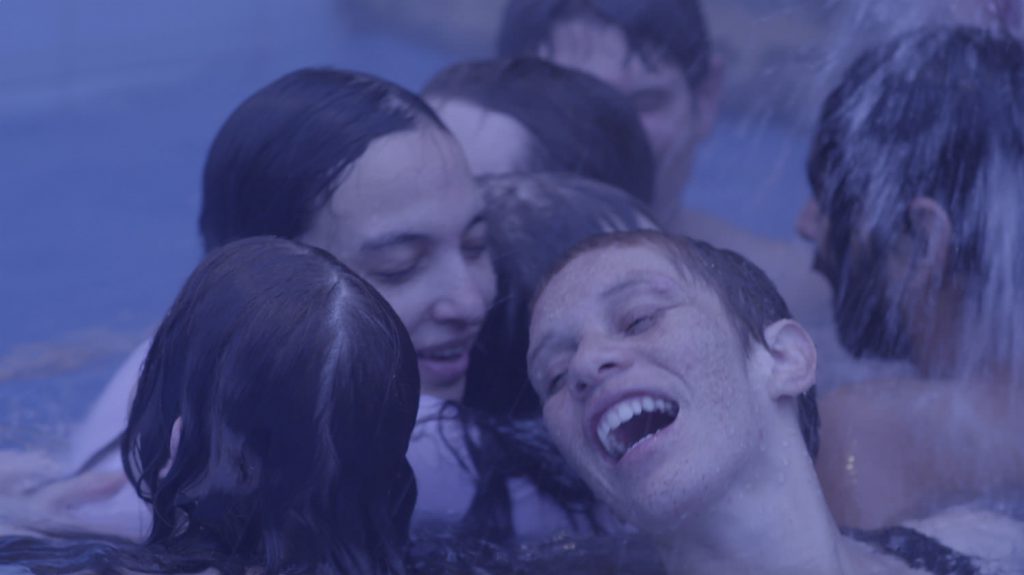
FC: Your work balances personal projects, artist and designer collaborations, as well as commercial projects. Collaborating one-on-one with artists and designers is a bit different than working freelance in a commercial context. It can be a challenge in any creative industry to both meet the commercial needs of the client while also expressing the personal style for which you are sought after. How do you assert this style while still maintaining the brand identity of your individual clients?
AK: I don’t actively assert a style. It’s my heart and brain that all the work comes from. Sometimes more heart and sometimes more brain. But that’s sort of that central question, right? It’s obviously super tricky. I’ve been going through a lot of development with that question in that past couple of months because I always have this attitude of like, “I need to separate my commercial work and my artwork as much as possible.” But I realize that that doesn’t work at all, because I realize that with video, a commercial client will want me for my non-commercial work, and they’ll want me to commercialize it, and that’s pretty much the hardest thing to do. What I have had the impulse to do in the past is to put on a new brain for it, to make something super commercial and not see myself in it at all, which I end up thinking is kind of lame.
FC: I’ve been thinking about that a lot too with my own work, I’ve been designing textiles commercially for Nike and then also have my art practice, and it’s interesting to think about the meaning of a ‘commercial’ audience. There’s the forward-thinking creative minds who are always going to understand what you do artistically, but then there’s the rest of the world who are focused on other things, who maybe aren’t going to see the nuance. It’s so strange how one has to compromise their individual point of view in order to reach more people.
AK: You say that, but in fact I actually don’t believe that’s true for everyone. I used to be cocky when I was in film school and I would see all kinds of commercial work online and think, I could do that. The more and more time has gone by I’ve realized that no, I can’t do that, because there are people who don’t think more complicated; what you see is actually their vision, and they don’t need to change that. They will always be more successful in that way, because they are honest about who they are as writers or directors. That doesn’t mean you or I aren’t honest by working commercially, it just means it might take longer to find the language or the place for it, if that’s what you want. It’s also fun to have various projects of which some are more conceptual than others. I actually am finding that doing both can inform each other quite well.
FC: It seems like your style really shines in collaboration with working with Mike and Zoe on those Eckhaus Latta videos. How did you kick off that collaboration? Were those your first fashion videos?
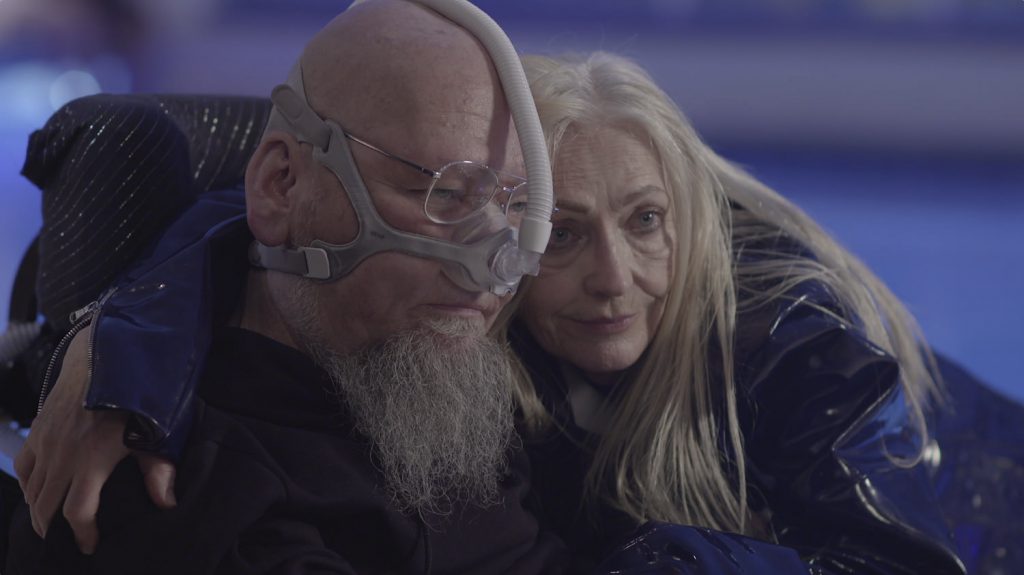
AK: At the time I was working on documenting fashion week, but in terms of making an actual collection video, that was pretty much my first. We met through mutual friends and had this amazing brainstorm and then made a video and then another and then another. Mike, Zoe, and I work really well together for various reasons but I think part of it is that we all want to work on having some kind of art practice that’s different for all of us. They live in between the fashion and the art world, and I’d love to live between film and the commercial video world. But now, having a film in the Berlin Biennale, my work exists in the art world too—which is something that I think we all want. But, at the same time, the three of us understand what we need to do to get accepted in the commercial industry, so we make videos that serve that need too. That was never something we discussed in an obvious way; it’s just how the three of us work together.
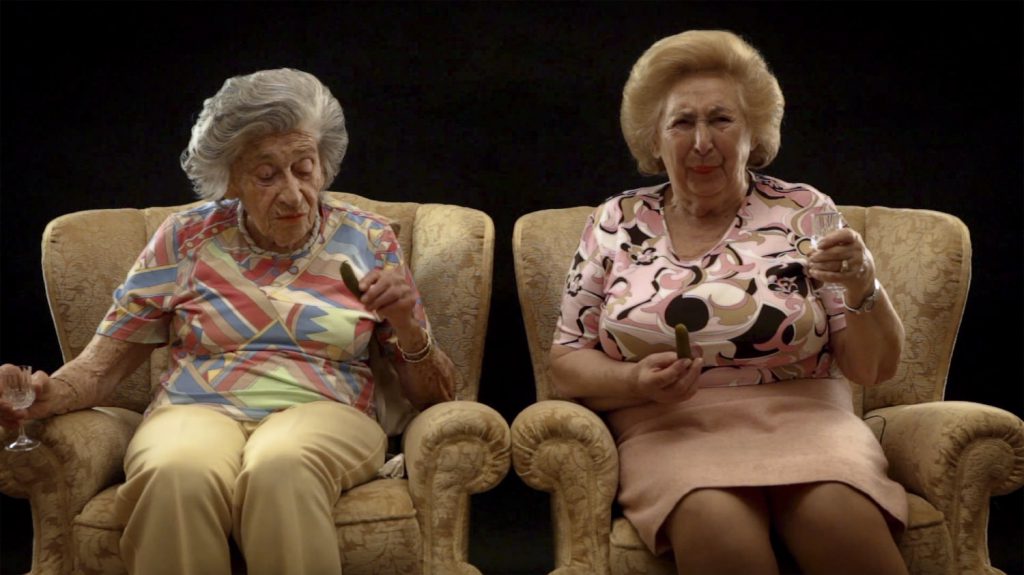
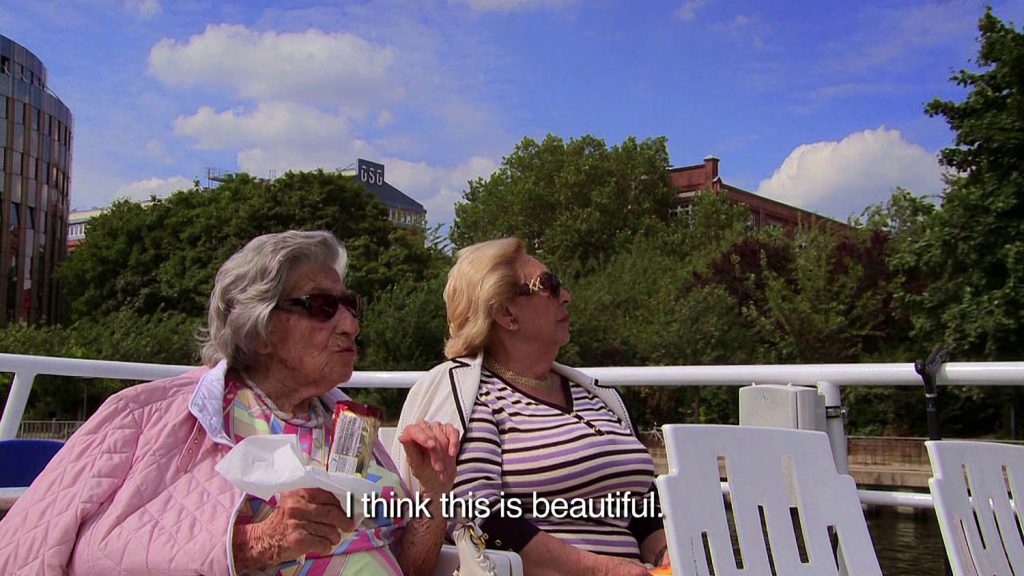
FC: Each film has such a different aesthetic. What kind of cameras did you use while working with Mike and Zoe?
AK: They always let me think about the camera that we work with, which is really important. Until the Roach video, it was important to me to produce the videos with a certain kind of production quality in order to elevate the weird idea. With Mike and Zoe, we actually moved away from the aesthetic of the experimental video (where someone’s taking a little camera and goes out to shoot). Instead, we shot the footage with nice cameras, and that way the production quality affects how many people you can reach; it’s like a language that they understand better. Then we strayed away from that and made one video, the Guest video that mixed in different aesthetics, which is my favorite video hands down and I think theirs too. We mixed high quality with crappy quality. Then we made Roach which is all shot on the iPhone, and then following Roach we did Smile, which was shot on a great high-end camera.
But again, that’s just aesthetics. We could talk about all these videos conceptually or the emotions we are trying to evoke. It really depends on how you look at it. What I love about working with Eckhaus Latta is that they have that art sensibility, they understand the difference between aesthetics, form, and content—a great video speaks to all three of those things. That’s an art way of thinking: form and aesthetics speaking to each other, informing each other, everything being driven by something.
FC: How do you generate the concepts for those videos? The videos have so much influence on the meaning of each collection, it really sets the personality.
AK: We come up with them together in the way that each video is a reaction to the last video. We don’t ever think of the concept for the video until the collection is done. Obviously I can’t always see the collection, but it usually starts with one really random idea. The Pigeon idea is a really good example, because Zoe called me up one day and was like, “I have this idea for a video, I see an image of pigeons eating pasta.” Literally, that’s how it started! Then we met and the three of us thought about that, pigeons eating pasta, and I was like, “Wait, remember at my wedding when you guys did a video where I was singing really off tune to this Desiree song, that was so interesting, etc.” What is always nice is that the vision is obviously completely their choice and I love that—like in the Pigeon video they only showed a pair of jeans and this pasta top and that’s all it is—and they are the designers and they’re okay with that.
I feel like we all think about different things. We are all interested in online presence and photography, and how people change when the camera is there. Honestly the Smile video is about that, but so is the Guest video. They are both about that. We also talk a lot about our anxieties which finds its way into the work. I think it’s because we have this really close relationship and we’re friends; it automatically finds it’s way into the video. It’s a real collaboration. No one takes on specific jobs—obviously I’m the director and they are the designers, and they style the models and I choose the DPs and the crew and whatever—but in terms of making the videos, we really make them together, and we use all the strengths and weaknesses of each other. It’s cool.
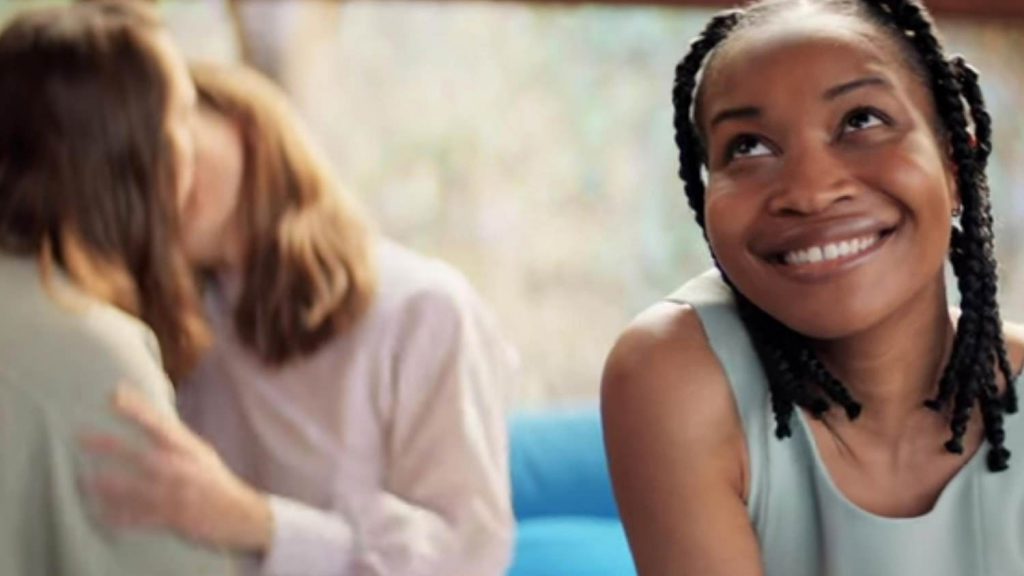
FC: The Eckhaus Latta videos express a distinctly different quality to other fashion videos. I remember when you first released Uniform in 2012, feeling so inspired that this commercially unconventional kind of beauty could be embraced within the fashion context, while still totally breaking the mold. It's definitely a testament to your (& Mike & Zoe's) sensitivity level, that you could even approach these women and engage with them so much that they would participate in the film. The fashion industry is notorious for valuing very limited standards of beauty, though fortunately we live in a time when these standards are rapidly evolving. Often there are people cast in your videos that are not recognizable for their modeling careers. Will you talk a bit about the range of individuals that are highlighted in these collection videos?
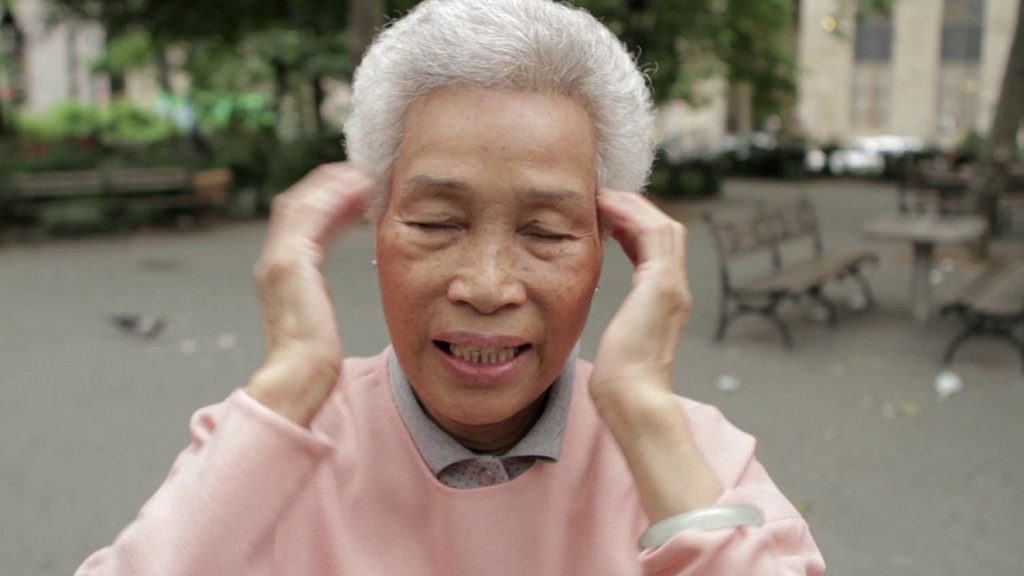
AK: I wouldn’t say it’s a different fashion video genre, but maybe that we approach the videos conceptually and not that narratively, at least so far. I think generally Mike, Zoe and I are interested in making things that feel real even if they are fantastical, or not naturalistic. I’m going to speak for the videos only in which we sometimes, but rarely work with professional models. This has to do greatly with the fact that we’ve never had much budget to make videos and have had to resort to casting our friends and people we know. This in turn has of course established a way of making things. We do work with models or professional actors in videos sometimes, but I think we all believe in purpose when making creative decisions, so it has to make sense in the context of what we’re trying to say. And maybe this is where our videos go into the art direction: we want to say something with them, not only show something through aesthetics.
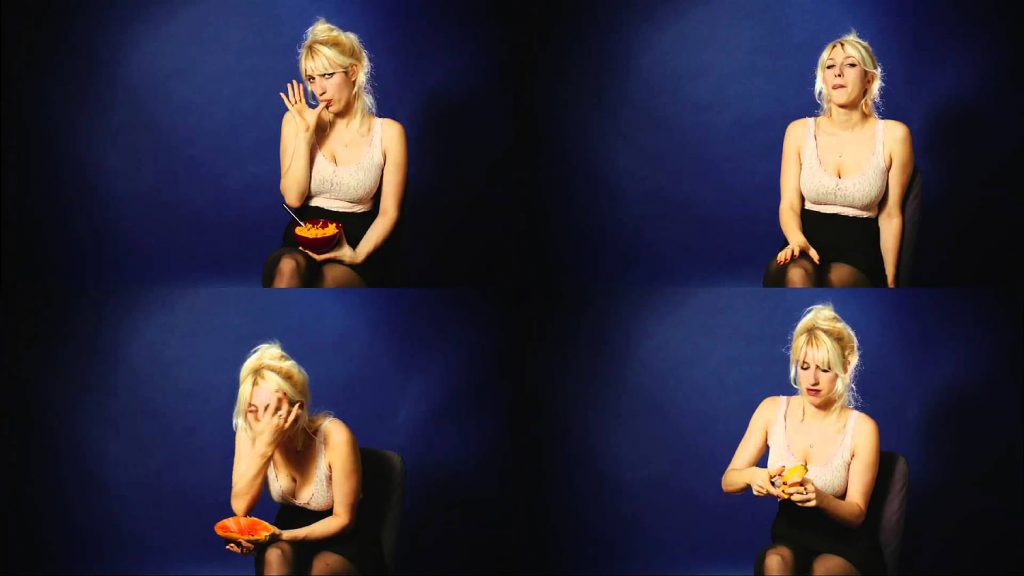
FC: Something I notice in viewing your films is a certain slowness or focus that heightens sensory experiences. Martine Syms’s beautiful giggling face in the Smile video for Eckhaus Latta, or a brief shot of a hand in a succulent in the Anomaly video for Septembre Magazine, or the way Ana Kras tucks her hair behind her ear in the Celeste E Verde film. A certain attention to detail. Your style feels very intuitive, but I'm certain there must be copious planning in the background. What's your process like in achieving this kind of sensibility?
AK: I actually thrive on intuitiveness and spontaneity on set. It takes planning to be able to have that freedom on set though, like everything else needs to be organized so I have that time. And it takes the patience of my wonderful DPs.
FC: Our conversation makes me think of a line from Clarice Lispector’s The Hour of the Star, where she says ‘To think is an act. To feel is a fact.’ Would you agree? How does feeling play into your work?
AK: I don’t always distinguish between the two. I want people to feel something when they watch my work, just like I feel something with making it. That said, I think there is a range of emotions and thoughts to tap into that go beyond feeling happy, sad, moved, and so on. I am always happier with my work when thoughts and feelings become one thing and I’ve realized that the work that doesn’t achieve that is the work I don’t like that much later on.
